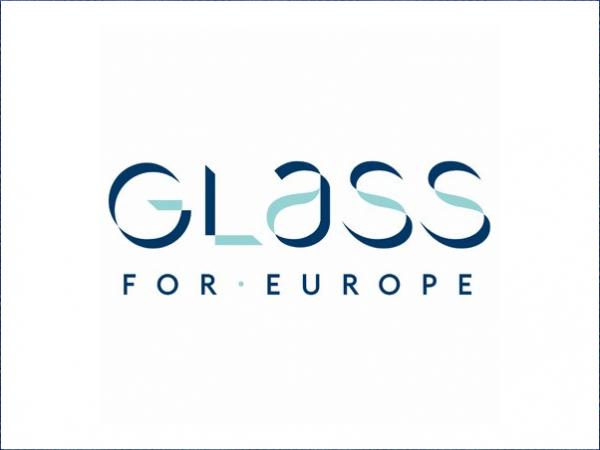
Date: 8 June 2020
The European flat glass industry welcomes the European Union’s desire to engage in a Renovation Wave of public and private buildings, as announced in the European Green Deal, and is ready to deliver the high-performance glazing EU buildings need to become carbon-neutral by 2050. Europe’s building stock is not fit for carbon neutrality and, more worryingly, current trends in terms of building renovation clearly indicate that it will not be fit in 2050 nor in one hundred years if Europe does not review the policy it has pursued for the last decade and does not scale up financial resources.
Europe’s buildings are aged and high energy consuming, despite a broad range of products available to cut their energy demand. For example, high-performance glazing could save around 37% of energy consumed in buildings in 2050[1] with a total contribution potentially higher when innovative products such as switchable/electrochromic glazing, hyper-insulating glazing or glazing-integrated photovoltaics become mainstream.
In the recent years, progress has been made to increase the energy and CO2 performance of new buildings thanks to EU legislation[2], yet this is merely the tree that hides the forest. 97% of today’s building will have to be renovated by 2050 to achieve climate neutrality, while less than 1% of buildings are renovated in Europe every year[3]. Renovation is not happening in sufficient quantity and when it does take place, sub-optimal products are often used due to a lack of legal or financial incentive and/or information to consumers.
The state of the EU building stock and current renovation levels are a clear signal that the first deep renovation Europe needs is legislative. The European Union cannot limit itself to a mere communication, limited and complex financial mechanisms and the continuation of legislations that have demonstrated to be inefficient for most of the building stock. This paper proposes several concrete actions to give substance to the renovation wave to cut emissions and relaunch the economy.
Doubling the renovation rate across Europe
Triggering a massive wave of renovation of buildings and sustaining it over the long-term, requires a mix of policy instruments ranging from obligations, incentives, and new financial models. When obligations can be designed for public authorities for example, complementary instruments must be considered to activate larger market segments, such as small property owners. All the below instruments are complementary and needed across the entire European Union:
- National renovation plans conceived to meet a mandatory minimum annual renovation rate of 3% per year with reporting of progress to European Commission services to monitor national plans’ effectiveness.
- Massive investments by the public sector in the renovation of public buildings at the highest performance standards. Schools, social housing, and hospitals should be prioritised.
- Effective incentives to small property owners to invest in building renovation and replacement of inefficient building components with a large impact on energy performance. For instance, incentives to window retrofitting should be generalised in all Member States.
- Mandatory minimum requirements for buildings attached to trigger points in the lifetime of buildings, such as property transfers, changes in rentals, etc.
- Transparent advisory tools on energy efficiency renovations and financing instruments, for example ‘one-stop-shops’ easily accessible to property owners and technical advices for the planning of gradual construction works.
- Favourable taxation regimes for landlords investing in energy saving renovation to incentivize renovation works primarily benefiting tenants. These support schemes could be linked to clauses on rent moderation to avoid risks of ‘renoviction’, i.e. substantial increase in rents following renovation works that would be counter-productive to addressing the problem of ‘energy poverty’.
Ensuring the highest-level of performance in renovation works
Doubling the current renovation rate without ensuring an increase of the energy performance of the building stock will fail in delivering a climate-neutral Europe by 2050. To avoid the energy and CO2 lock-in effects for decades, renovation works need to be carried according to the highest performance standards both at the level of building envelopes but also at the level of their main components, such as glazing.
This is essential to maximize savings in case of gradual works and to mainstream high performance and high carbon-avoiding construction products. The carbon-neutrality objective should be used as reference in legislations and in building codes regulating the energy performance of buildings at all levels of governance.
- Minimum energy performance requirements[4] for building elements need to be upgraded, made unconditional and adequately enforced. The requirements shall no longer be based on the ‘cost-optimality’ criterion, which often leads to window requirements[5] below actual market standards. It should be replaced by a criterion based on the climate neutrality objective and an adequate assessment of the energy performance of both buildings and components. In the case of windows and glazing for instance, the assessment should be based on their ‘energy balance’[6]. No limitative conditions allowing to deviate from these performance requirements should be allowed.
- Mandatory minimum requirements for buildings attached to trigger points in the lifetime of buildings, need to be linked to high performance standards to avoid that these renovations are carried with minimal energy-efficiency considerations.
- National long-term renovation strategies should aim at phasing-out inefficient building components such as single glazing and early uncoated double glazing. Incentives to building component replacement, such as windows, should be conditional to a high-performance standard and proportional to the level of performance. The latter is important to avoid market lock-in at the lowest level necessary for the incentive to be granted.
- Building passports providing tangible information and technically grounded recommendations for gradual improvements should be made available to all consumers. These passports should include links to up-to-date independent information on building components, such as glazing and windows, and on technical solutions available in the market.
A dedicated roadmap to phase out inefficient glazingIf inefficient glazing continues to equip European buildings, it is impossible to envisage a carbon-neutral Europe by 2050. The average insulation performance of windows in the EU building stock is estimated to be Uw 3.4 [W/ (m2K)]: a value comparable to a combination of single and uncoated double glazing. Glazing products available today on the market have incomparably higher energy performance thanks to a combination of better insulation properties and novel heat gains or heat modulation properties depending on local needs. These properties define the ‘energy balance’ of glazing, which makes possible zero energy or energy positive buildings. These state-of-the-art glazing also offer many other benefits such as increased light transmission, improved safety, acoustics, etc. A recent study[7] found that windows equipped with high-performance glazing have the potential to deliver up to 75.5 Mtoe of energy savings in 2030 and 67.3 Mtoe in 2050. This corresponds to annual CO2 emission avoidance of up to 94.2 Million tonnes and 68.5 Million tonnes in 2030 and 2050, respectively. Most importantly, it has been calculated that doubling the windows’ replacement rate over 10 years with adequate glazing specifications will reduce by 14% the projected energy consumption and related emissions of the building stock[8] in just ten years. Since windows stay on buildings for 40 to 50 years on average, it is urgent to ensure that high performance glazing is installed as of now to ensure long lasting savings. Setting an EU-wide financial scheme and a dedicated roadmap for replacing single glazed and early uncoated double-glazed windows with adequately specified windows is a wise and easy step to make our buildings more energy efficient and comfortable. Several elements will be instrumental in the success of such plans: ► Revision of the minimum performance requirements for windows and update of national building codes to ensure proper glazing specifications ► Financial incentives to glazing/windows replacement ► Implementation of building passports ► Mandatory minimum requirements for buildings adequately addressing the role of high-performance glazing and windows |
The ‘must-have’ of an EU renovation wave to activate the renovation market in Europe
The EU ‘renovation wave’ can be the comprehensive plan that puts all elements into perspective for energy-efficient renovation of buildings to multiply in Europe. It requires a collective effort at all levels of governance from the European Union down to the local authorities.
The European Union can be the driving force behind the renovation wave, provided it makes use of some of its legislations, its ability to direct financial means and its coordination and supervision functions. An EU renovation wave strategy should include:
- A mandatory target for energy efficiency in buildings aligned with the EU’s climate ambition. It should rapidly be enshrined, together with interim objectives, in an EU climate legislation to give the necessary regulatory and financial priority that has been lacking in the past decade.
- The Energy Performance of Buildings Directive (EPBD) needs to be urgently revisited to trigger upgrades in national building codes. It should include at least:
- A change of the methodology for defining minimum performance requirements of building components, for instance to endorse the energy balance approach for glazing and windows, and to ensure that these requirements are compatible with the EU’s climate objective.
- A requirement on Member States to achieve within a reasonable timeframe a doubling of building renovation and to develop National long-term renovation strategies accordingly. A set of harmonised definitions of types of renovation (e.g. non-energy related vs. partial efficiency improvement vs. complete renovation) and other progress indicators should be established for Member States’ reporting to the European Commission.
- An obligation on Member States to introduce both building passports and Mandatory minimum energy performance requirements for buildings, within a harmonised generic framework developed at EU level.
- New and innovative financial mechanisms, commensurate with the EU Green Recovery Plan, including with the creation of an adequately allocated Renovation Fund to finance public and private renovation projects throughout Europe. The aggregation of projects and multiplying effects should be maximised for private funds to sustain the required efforts over the three decades to come.
- In the short term, public authorities are incentivised to massively renovate public buildings according to high-efficiency standards in order to quickly relaunch activity and local jobs in the construction industry and its suppliers, such as the glazing industry, that have been severely impacted by the COVID-19 crisis.
- A set of recommendations to Member States, based on best practices, on financial incentives and plans for the renovation of the building envelope, as a complement to the recently developed Strategy on heating and cooling. To Glass for Europe, such recommendations to Member States could include plans to phase out single and early uncoated double glazing with high-performance glazing offering optimal energy balance to buildings.
- The open platform on construction, announced in the Green Deal needs to be confirmed and established by the EU Renovation Wave. This platform needs to include representatives of building contractors, building owners, financial institutions but also building materials manufacturers to tackle issues that could emerge in the middle-term such as possible shortage and qualification of construction workers, the deployment of new digital technologies in buildings, the journey towards zero-embedded carbon buildings, etc.
***
[1] TNO Built Environment and Geosciences, 2019, Potential impact of high-performance glazing on energy and CO2 savings in Europe, April.
[2] European Union, 2018, Directive of the European Parliament and of the Council amending Directive 2010/31/EU on the energy performance of buildings, L 156/75, 30 May.
[3] European Commission, 2018, A Clean Planet for all: A European strategic long-term vision for a prosperous, modern, competitive and climate neutral economy and In-depth analysis in support of the Commission communication COM(2018)773: A Clean Planet for all, 28 November
[4] European Union, 2018, Directive of the European Parliament and of the Council amending Directive 2010/31/EU on the energy performance of buildings, L 156/75, 30 May.
[5] Glass for Europe overview of minimum performance requirements for window replacement in the residential sector: Web-link
[6] Glass for Europe explanatory paper on the energy balance of glazing: Web-link
[7] TNO Built Environment and Geosciences, 2019, Potential impact of high-performance glazing on energy and CO2 savings in Europe, April.
[8] Ibidem.
 600450
600450

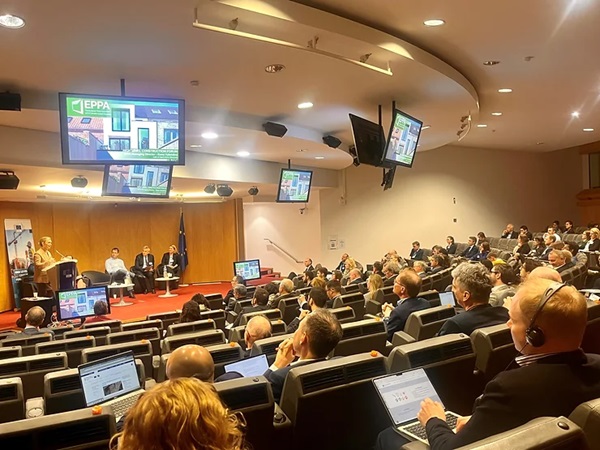


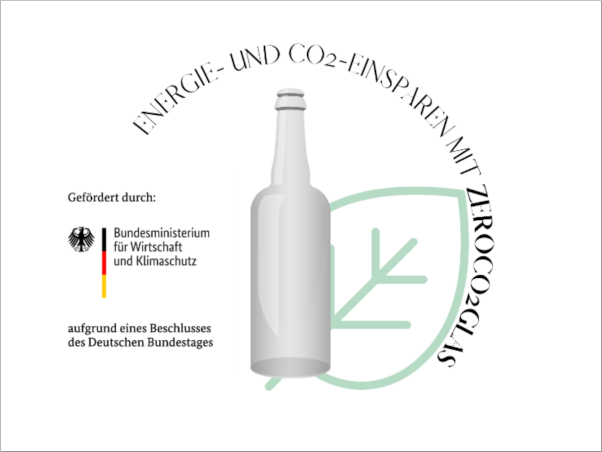
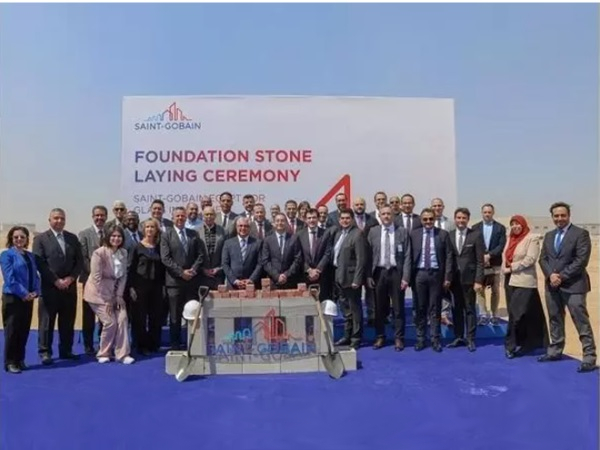












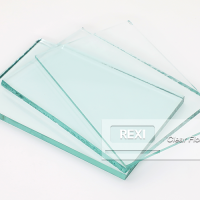
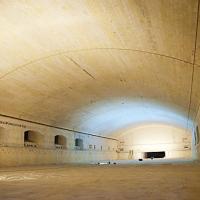

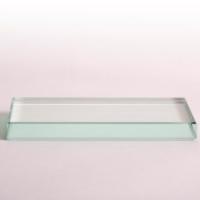
Add new comment